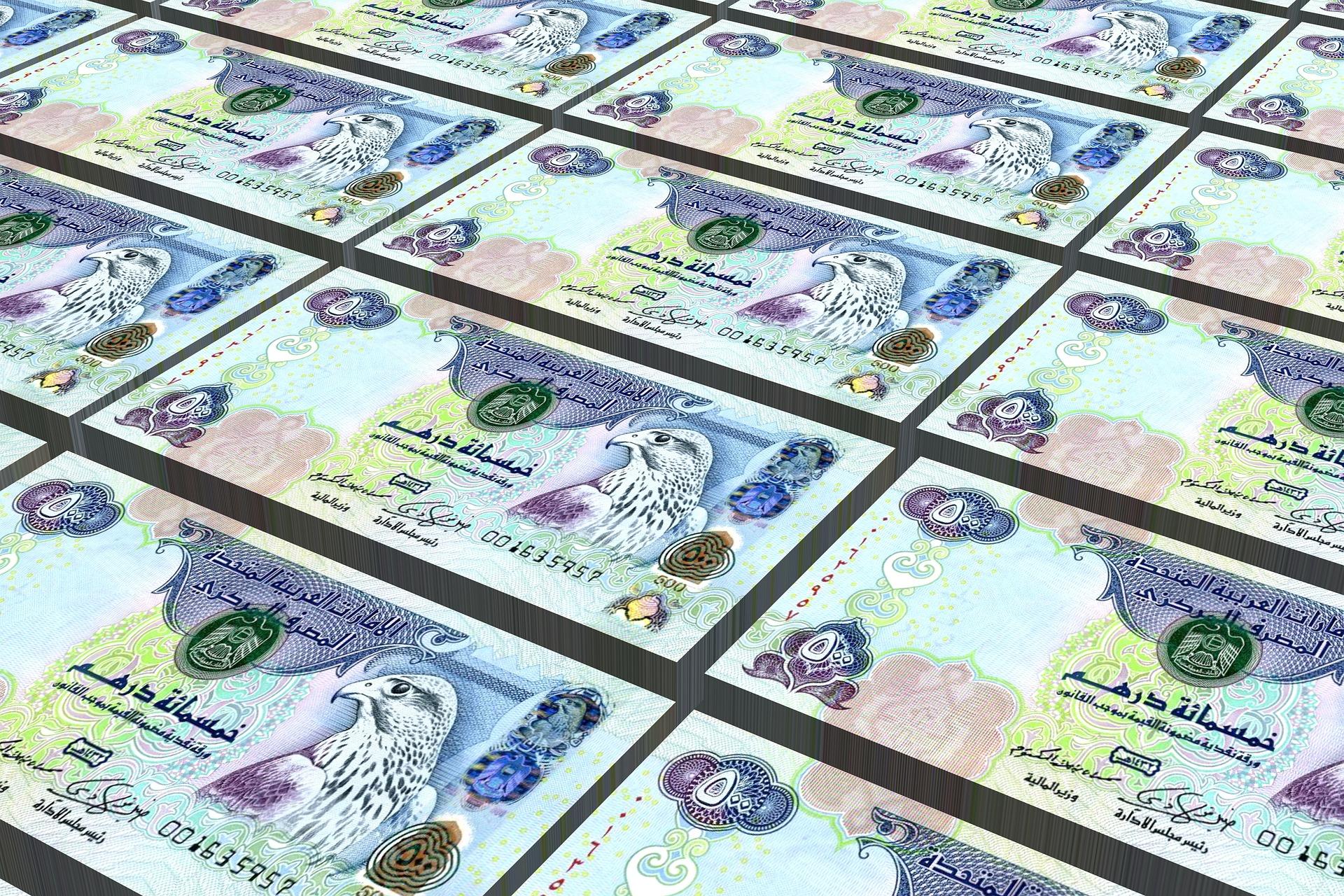
In recent weeks, a surprising trend has emerged among millions of Indians living in Gulf countries. The sharp fall in the Indian Rupee has opened up a golden opportunity for Non-Resident Indians (NRIs), who are now sending money back home at an increased pace. Countries like the United Arab Emirates (UAE) and Saudi Arabia have seen a surge in remittances from Indian expatriates as the rupee weakens significantly.
At present, one UAE Dirham (AED) is fetching nearly ₹23.50, marking one of the weakest levels since April. According to a report by Gulf News, this depreciation in the Indian currency has triggered urgency among NRIs to transfer funds back to India. Many are no longer waiting for further declines. Instead, those who have spare funds are swiftly transferring money to their families in India, taking advantage of the favorable exchange rate.
Officials from currency exchange houses in the UAE have confirmed this growing trend. One senior official mentioned that last Thursday turned out to be the best day in recent weeks for AED-INR remittances. Even when the rupee briefly strengthened to ₹23.46, most NRIs continued to send money without hesitation.
Interestingly, June usually witnesses a slowdown in remittance flows. This is because many Indians in the Gulf typically travel or spend more during summer vacations, resulting in fewer funds being sent home. However, this year, the falling rupee has changed the pattern. Remittances remained strong even over the weekend, and the trend was expected to continue into Monday.
Exchange house officials believe that if the rupee continues to stay weak or declines further in July, it will bring even greater benefits for those sending money home. One official pointed out that if the rates remain at the current level or drop further, it could create a "double benefit" scenario for NRIs.
What makes this surge even more notable is that it comes despite ongoing geopolitical uncertainties around the world. The conflict between Israel and Iran, for instance, has typically driven investors towards safer assets like the US dollar. However, this time, gold has taken that role, keeping the dollar somewhat weaker and indirectly providing some support to the rupee.
Simply put, the depreciation of the Indian rupee is proving to be highly advantageous for NRIs. They are able to send more Indian rupees home for every dirham they exchange. As a result, they are fully capitalizing on this opportunity, helping their families in India receive higher amounts at lower costs.
While global tensions persist, the weakening rupee has provided a silver lining for millions of Indian families who rely on remittances. For many, this sudden shift has been like receiving an unexpected bonus, allowing them to achieve financial goals and fulfill dreams that might have otherwise been delayed.
The question now arises: how long will this volatility in the rupee continue? And what long-term impact could this have on the Indian economy? These are the questions many are pondering. Feel free to share your thoughts in the comment section.
Disclaimer:
This article is for informational purposes only. Currency exchange rates are volatile and subject to change. Readers are advised to consult financial experts before making any remittance or investment decisions. The views expressed are based on current market trends and news reports.




